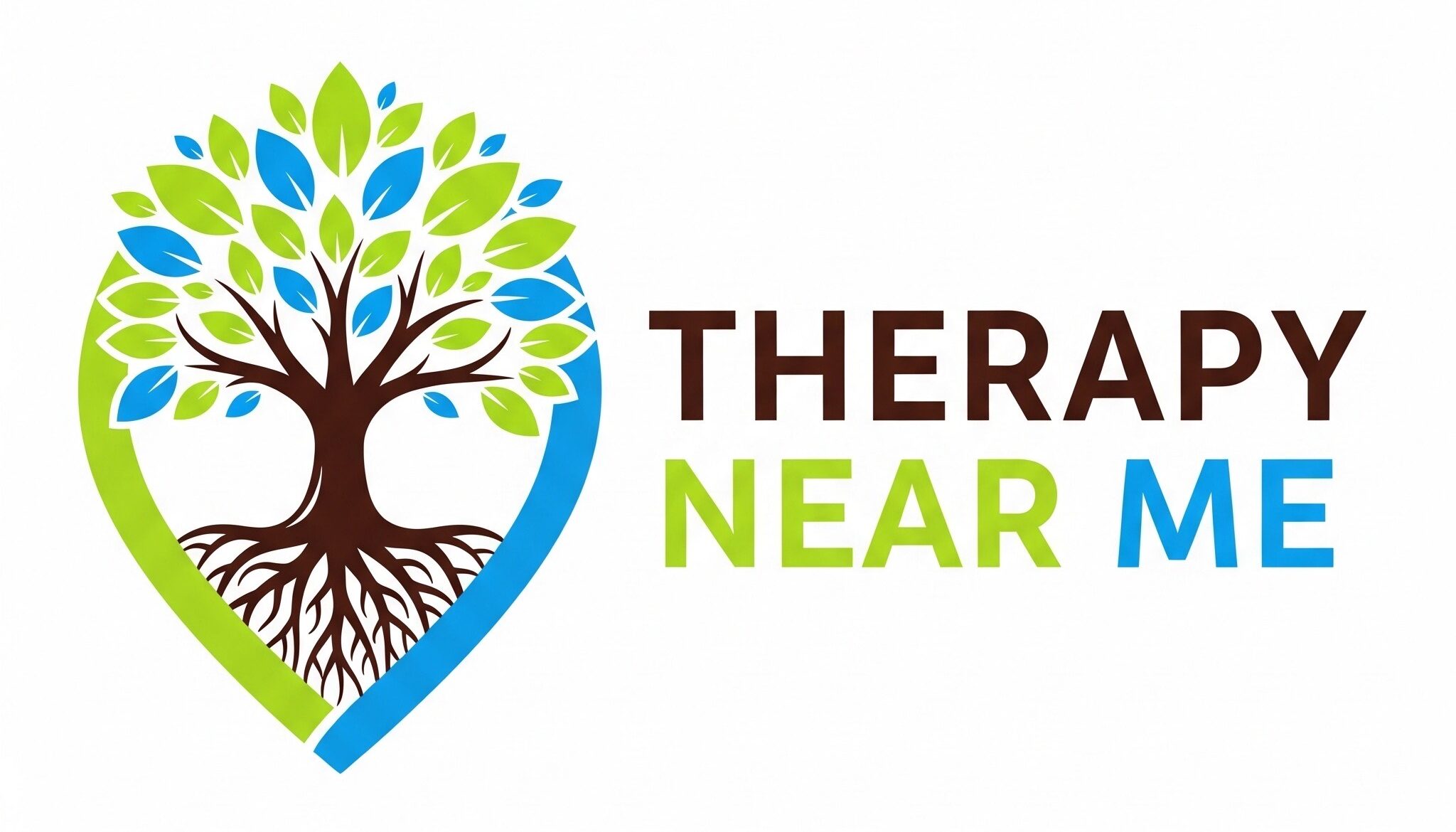The realm of mental health care in Australia is riddled with disparities when it comes to service accessibility, particularly for Indigenous Australians. The history of colonization and subsequent socio-political dynamics have engendered unique mental health challenges amongst Indigenous communities. This report delves into the intricacies surrounding the access to mental health services by Indigenous Australians, evaluating the systemic, socio-economic, and cultural factors at play.
1. Systemic Barriers:
a. Service Availability and Proximity:
The geographical spread of mental health services in Australia is skewed towards urban areas, making accessibility a significant challenge for Indigenous Australians residing in rural or remote areas. The distance to the nearest mental health facility can be a deterrent to seeking help, particularly when immediate assistance is needed (Australian Institute of Health and Welfare, 2020).
b. Funding and Resource Allocation:
Although the Australian government has initiated programs to improve mental health services for Indigenous populations, the funding is often deemed insufficient to meet the community’s needs. The allocation of resources does not always align with the demographic and geographic distribution of the Indigenous population (Rosenstock et al., 2019).
c. Culturally Inappropriate Services:
The lack of culturally appropriate mental health services can dissuade Indigenous Australians from seeking help. Mental health services often fail to incorporate Indigenous perspectives and healing practices, which can result in a mistrust towards these services (Isaacs et al., 2010).
2. Socio-economic Barriers:
a. Poverty and Unemployment:
The correlation between socio-economic status and mental health is well-established. Poverty and unemployment can exacerbate mental health issues and simultaneously create barriers to accessing mental health services (Marmot, 2015).
b. Education and Awareness:
A lower level of education and awareness about mental health issues and available services can hinder help-seeking behaviors among Indigenous Australians (Vicary & Bishop, 2005).
c. Stigma and Discrimination:
Experiencing stigma and discrimination can deter individuals from seeking mental health services. The fear of judgment or alienation can be particularly potent barriers in close-knit Indigenous communities (Corrigan, 2004).
3. Cultural Barriers:
a. Traditional Beliefs and Practices:
Indigenous communities have their own traditional beliefs and practices related to mental health. Western-centric mental health services may not resonate with these cultural perspectives, creating a rift between service providers and potential service users (Vicary & Westerman, 2004).
b. Language and Communication:
Language barriers and inadequate communication can contribute to the misinterpretation of mental health symptoms and ineffective service delivery (Dudgeon et al., 2010).
Critical Analysis:
The juxtaposition of systemic, socio-economic, and cultural barriers elucidates the multi-faceted challenges faced by Indigenous Australians in accessing mental health services. The systemic barriers underline a need for an equitable distribution of resources, culturally appropriate services, and an extension of services to remote areas. Socio-economic barriers accentuate the importance of addressing underlying socio-economic disparities as a pathway to improving mental health service access. On the other hand, cultural barriers emphasize the necessity of a culturally sensitive approach to mental health care that honors Indigenous traditions and practices.
The pro arguments for ameliorating these issues are grounded in principles of equity, social justice, and the universal right to health care. By addressing these barriers, not only will the mental health of Indigenous Australians improve, but a step towards rectifying historical injustices would be taken. The counterarguments may hinge on budgetary constraints and a lack of understanding or appreciation for the cultural divergence in mental health perspectives.
In conclusion, dismantling the barriers to mental health service access for Indigenous Australians necessitates a holistic, culturally-informed, and adequately funded approach that goes beyond mere service provision to address broader socio-economic and cultural disparities.
References:
1. Australian Institute of Health and Welfare (2020). Mental health services in Australia.
2. Rosenstock, A., Whitman, S., Baldwin, G., & Schaefer, C. (2019). Health equity in Australia: A policy framework based on action on the social determinants of obesity, alcohol and tobacco. Medical Journal of Australia, 200(6), 327-332.
3. Isaacs, A. N., Pyett, P., Oakley-Browne, M. A., Gruis, H., & Waples-Crowe, P. (2010). Barriers and facilitators to the utilization of adult mental health services by Australia’s Indigenous people. Australian and New Zealand Journal of Psychiatry, 44(4), 359-367.
4. Marmot, M. (2015). The health gap: The challenge of an unequal world. Bloomsbury Publishing.
5. Vicary, D., & Bishop, B. (2005). Western psychotherapeutic practice: engaging Aboriginal people in culturally appropriate and respectful ways. Australian Psychologist, 40(1), 8-19.
6. Corrigan, P. (2004). How stigma interferes with mental health care. American Psychologist, 59(7), 614.
7. Vicary, D., & Westerman, T. (2004). That’s just the way he is’: Some implications of Aboriginal mental health beliefs. Australian e-Journal for the Advancement of Mental Health, 3(3), 103-112.
8. Dudgeon, P., Milroy, H., & Walker, R. (2010). Working together: Aboriginal and Torres Strait Islander mental health and wellbeing principles and practice. Canberra: Department of Health and Ageing.
How to get in touch
If you or your patient/NDIS clients need immediate mental healthcare assistance, feel free to get in contact with us on 1800 NEAR ME – admin@therapynearme.com.au







